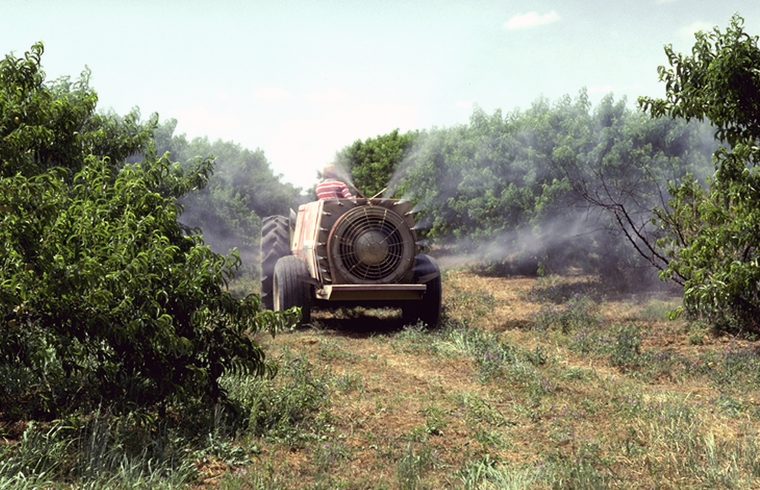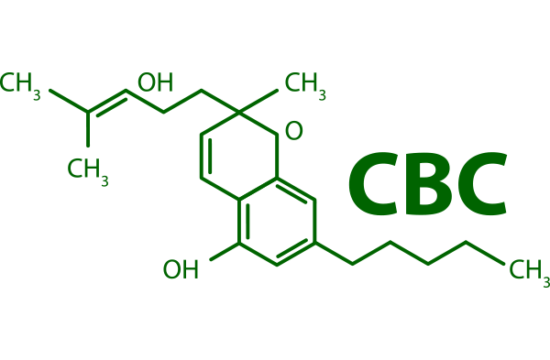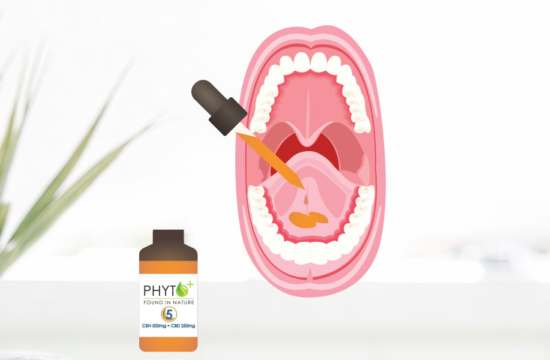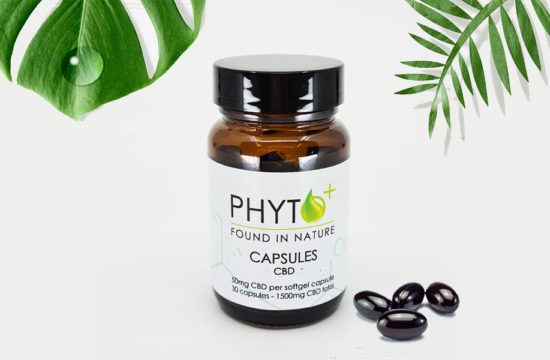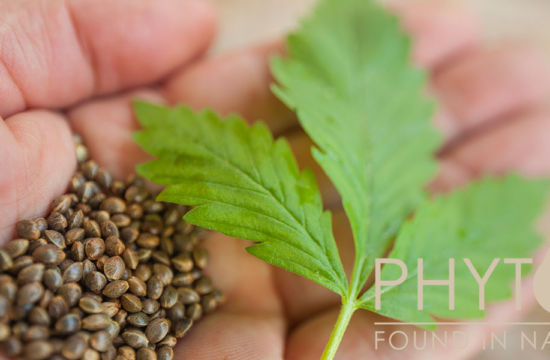Widespread use of agrochemicals poses risks for food security and has alarming consequences for the environment and economy, writes Rodrigo de Oliveira Andrade.
[SÃO PAULO] With an estimated 75 per cent of human food dependent on the action of pollinating insects, bees are vital for global food production. But their very existence is under threat as they face chronic decline around the world.
A major factor in this decline is the excessive use of pesticides in farming in some regions. And one country where this is increasingly evident is Brazil.
While many European countries have restricted the use of agrochemicals because of the danger they pose to bees — as well as environmental and human health problems — in Brazil almost 300 pesticides have been approved for use on a wide range of crops since Jair Bolsonaro took over country’s presidency in January 2019, the National Health Surveillance Agency reports.
“There are sectors in Brazil that still do not recognize the value of pollinators in food production and the relevance of their diversity in agricultural landscapes — for them, pollinators are a threat to business,”
Vera Lúcia Imperatriz-Fonseca, University of São Paulo’s Biosciences Institute
These decisions come amid pressure from Brazil’s “ruralist caucus”, a parliamentary group that advocates in the interests of landowners in the Brazilian congress and wants to see the requirements for registering new agrochemicals softened.
Meanwhile, between December 2018 and March 2019, more than 500 million bees were found dead by beekeepers in four Brazilian states. Beekeepers’ associations and agriculture authorities suspect this was caused by the widespread use of two classes of pesticides — fipronil and neonicotinoids — on flowering crops..

Deadly chemicals
Recent studies highlight several risks for bee populations associated with the use of these substances.
Neonicotinoids are a class of insecticides derived from nicotine and commonly used to control agricultural pests. They are usually applied on seeds and can spread through the whole structure of the plant, including flowers, branches, roots, and even nectar and pollen.
Many researchers have been studying the dangers of neonicotinoids for bee populations worldwide in recent years. And research published on 5 August in Proceedings of the National Academy of Sciences confirmed that the effects extend to other pollinators indirectly through the food chain.
The study found that hoverflies and wasps fed with the honeydew excretions of insects such as aphids that had been exposed to neonicotinoids can also be contaminated, dying within three days.
There are around 20,000 species of bees worldwide that pollinate more than 90 per cent of the world’s top 107 crops. Researchers say the value of pollination to agriculture provided by bees may exceed U$200 billion per year worldwide.
Brazil is home to up to 5,000 of these species and 85 out of the country’s 141 crops depend on bees as pollinators.
Cross-pollinators
“Bees promote the cross-pollination of vegetables through pollen transportation from one plant to another, increasing genetic diversity in species and improving the production of fruit and seeds,” explains Adna Dorigo, a biologist at São Paulo State University’s Biosciences Institute.
A
study published in 2017 in
Science analysed 33 sites across three European countries where neonicotinoids were used. It found that in Hungary the number of worker bees declined 24 per cent in colonies where nearby canola crops were treated with clothianidin, a type of neonicotinoid.
A
second study conducted independently by a Canadian research team and published in the same
Science edition, found that western honey bee (
Apis mellifera) colonies exposed to neonicotinoids in cornfields for up to four months also had fewer worker bees and sometimes no queen bee.
Fipronil, meanwhile,
acts on the nerve cells of insects and is commonly used against pests in apple, soybean and sunflower crops. It may cause behavioural changes in bees, including agitation, spasms, tremors and paralysis.
This pesticide is highly toxic to African-derived adult honeybees (
Apis mellifera L.), leading to impaired motor function in these pollinators, according to a
study published last year in the
Annals of the Brazilian Academy of Science.
Assessing the risks
Breno Freitas, an agricultural engineer at Brazil’s Ceará Federal University, says pesticides are just one of several factors affecting bees around the world. Others are deforestation, urbanisation, climate change, land-use change, habitat loss, disease and invasive species.
Roberta Nocelli, a biologist at the Federal University of São Carlos’ Center for Agricultural Sciences agrees, adding: “All these threaten many bee species at the same time, but we still do not know the extent of these problems on bee population worldwide.”
She highlights that “just as important as knowing which is the most toxic insecticide for bees is discussing how these products are being used”. According to Nocelli, most reported cases of bee mortality are directly linked to the misuse of pesticides.
Freitas points out that most bee deaths registered worldwide involve species kept in apiaries by beekeepers producing honey. “Although for the beekeeper these losses are disastrous, little is known about the impact of pesticides on wild bee populations outside apiaries,” he tells SciDev.Net.
“It could be that the situation of some wild species is stable, because they are in the woods, where pesticides are not able to reach. Or it could be worse than we think, given that many of them have a short flight radius and tend to build their nest within agricultural areas.”
But there is another problem: even those pesticides considered harmless for some bee species might be toxic for others.
In a study published in March in PLOS One, researchers evaluated the effect of the insecticide dimethoate on Melipona scutellaris, a stingless bee species from Brazil.
Stingless bees alone pollinate nearly 66 per cent of the world’s 1,500 crop species, accounting for 15 to 30 per cent of world food production.
“We found that the lethal concentration capable of killing 50 per cent of a population of Melipona scutellaris was 320 times lower than that needed to kill Apis mellifera, a species adopted globally in toxicity tests for estimating contamination risks,” says Dorigo, one of the study’s authors.

Beekeepers may see bees threatened by pesticides from nearby fields.
Valuable assets
The ecosystem services provided by these pollinators have been diminishing with them, which has a knock-on effect on the value of crops. Researchers say it may even lead to food shortages and the decline and extinction of several plant species.
“There are sectors in Brazil that still do not recognise the value of pollinators in food production and the relevance of their diversity in agricultural landscapes — for them, pollinators are a threat to business,” says Vera Lúcia Imperatriz-Fonseca, a biologist at the University of São Paulo’s Biosciences Institute.
She adds that pollinators help to increase coffee production by US$1.9 billion in Brazil, tomatoes by US$992 million, cotton by US$827 million, cocoa by US$533 million and orange by US$522 million.
“The value of this service in natural areas is incalculable,” she tells SciDev.Net. “Good agricultural practices and attention to the survival of pollinators in the surroundings are fundamental to establish the good coexistence between agriculture and conservation.”
The study published in PLOS One was supported by FAPESP, a donor of SciDev.Net.


